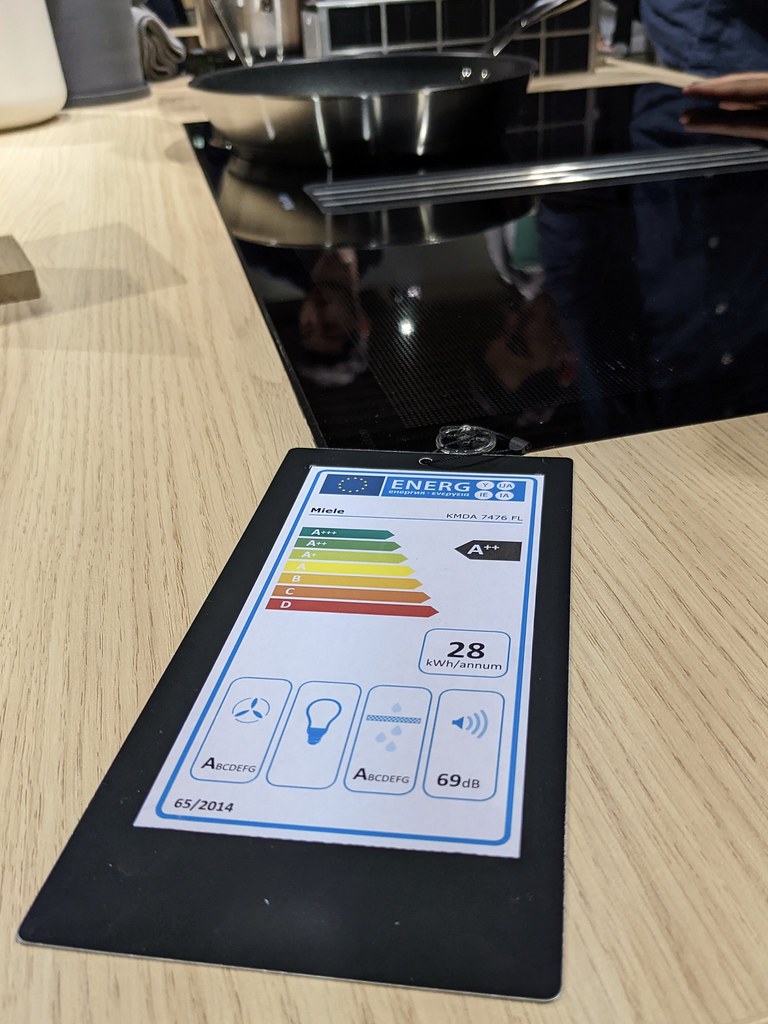In an era where technology and artificial intelligence (AI) are evolving at an unprecedented pace, it’s the small details that often captivate our imaginations and hint at a future where humans and machines coexist more seamlessly. One such groundbreaking development comes from the Creative Machines Lab at Columbia University, where researchers have unveiled Emo, a robot with the extraordinary ability to predict and mirror human facial expressions in real-time. This breakthrough in human-robot interaction (HRI) could redefine the boundaries of our relationship with technology, making machines not just tools but companions capable of understanding and responding to our nonverbal cues.
Creating a robot that can mimic human expressions accurately and in real-time is no small feat. The challenge lies not only in designing a machine capable of complex facial movements but also in enabling it to interpret those subtle signals we often take for granted. Emo represents a significant leap toward overcoming these hurdles. With 26 actuators allowing for a wide range of facial expressions and high-resolution cameras in its pupils for tracking eye movement, Emo is designed to bridge the gap between human expressivity and robotic responsiveness.
What sets Emo apart is its ability to anticipate a forthcoming smile approximately 840 milliseconds before it happens, and to co-express it simultaneously with the person. This achievement is the result of intricate AI models working in tandem: one to predict human expressions by analyzing minute changes in a target face, and another to quickly issue motor responses for the robot face. The implications of this technology extend far beyond mere novelty. By integrating human facial expressions as feedback, robots like Emo can enhance the quality of interaction and foster trust between humans and machines, an essential component for their widespread acceptance and integration into our daily lives.
The development of Emo also highlights the importance of nonverbal communication in HRI. While advancements in large language models like OpenAI’s ChatGPT have made verbal communication with robots more natural, the realm of nonverbal cues, such as facial expressions, remains largely uncharted. Emo’s ability to engage in this subtle dance of expressions could pave the way for more nuanced and empathetic interactions with robots.
However, the journey toward perfecting robot-human interactions is fraught with ethical considerations. The researchers at Columbia University are acutely aware of the potential for misunderstanding or misinterpreting expressions, highlighting the need for careful and ethical development of such technologies. As Emo progresses, incorporating verbal communication through integration with large language models is on the horizon, promising even richer interactions.
The path forward is not merely technical; it’s also profoundly human. The development of robots capable of understanding and mimicking human expressions touches upon our deepest notions of companionship, empathy, and trust. As Hod Lipson, director of the Creative Machines Lab, puts it, we are moving closer to a future where interacting with a robot feels as natural and comfortable as talking to a friend. This vision of the future challenges us to reconsider our preconceptions about machines and to embrace the potential for technology to enhance, rather than diminish, our humanity.
Emo represents not just a technological achievement, but a step toward a future where humans and robots can interact more naturally and meaningfully. By mastering the art of the smile, Emo invites us to imagine a world where our mechanical counterparts understand not just our words, but our expressions and emotions. As we stand on the brink of this new era in HRI, it’s clear that robots like Emo are not just imitating human behavior; they’re helping to forge a new paradigm of empathy and understanding between humans and machines. And perhaps, in doing so, they’re teaching us a little more about what it means to be human.




